6 Tips For New Motorcycle Riders
So, you’ve bought your first motorcycle. You can’t wait to gear up and hit the road for adventure. But before you pop that clutch, experts say it’s important to have a firm grasp of the basics. “Riding is both easy and difficult,” says Corey Eastman from Bonnier Motorcycle Group. “For a new rider, [it’s important to] look at the basics.”
With that in mind, here are six essential pointers for newbies to remember.
Get Familiar With Your Bike
There are eight main types of motorcycles out there, from supercharged sport bikes to stately touring machines. Do your homework and get the one that’s right for you. Also, get familiar with the motorcycle maintenance routines required for your particular model. A well-kept bike is essential for road safety. Make sure your bike is covered by the right motorcycle insurance.
Find Your Center
When they’re going fast, motorcycles balance themselves. But at slow speeds, bikes have a nasty —and embarrassing—tendency to tip over. The key to keeping them upright? Develop your muscle memory with good, old-fashioned practice.
Master The Clutch
Most bikes come with standard transmissions, and working the clutch can be tricky. As with balance, you’ll only get better with practice; but if you find it challenging, consider a dual-clutch transmission bike, says Eastman. “These are basically automatic transmissions that allow you to shift gears via hand-mounted buttons.”
Refine Your Body Position
Don’t just plop yourself onto your bike; always be mindful of how and where you’re sitting. Plant yourself toward the front of the seat, relax your arms, hold your knees against the gas tank, and make sure you have a good grip on the handlebars.
Don’t Multitask
Just like in the car, distracted driving (or in this case, riding) is a dangerous practice, made even more dangerous due to the manual nature of motorcycles. So stow the cell phone and keep your eyes squarely on the road and both hands on the handlebars.
Practice, Practice, Practice
Take introductory riding lessons, but don’t stop there. Riding schools, local clubs and national associations offer more advanced classes in everything from racing to navigation. “Take all that you can,” says Eastman. “They are fun, allow you to try several different types of motorcycles and really build good skills quickly.”
Visit our Motorcycle Safety section to learn more about riding safely, motorcycle theft prevention and the importance of helmets.
Are you ready for group riding? Do you know the proper etiquette? Check out our 10 Tips For Group Motorcycle Riding.
The Beginner's Guide To Motorcycles
The Beginner's Guide To Motorcycles

Page 2 of 2
After grasping the mechanics of a two-wheeled machine and acquiring the proper gear, you should find the nearest MSF RiderCourse and book a beginner-level class. Not only will you learn from trained instructors how to ride a motorcycle, but you will also learn crucial traffic-safety techniques. Also, most MSF courses provide you very tame bikes with which to complete the training, and you will get a 10% insurance discount with your MSF RiderCourse certificate. Riders of all ages and experience levels can be found in the MSF Beginner course, and it should be considered a basic requirement to all new riders. Lastly, one of the most critical portions of motorcycle education centers on deflecting poor advice. Listen to your instructors, rather than the Squid down the street with the scratch-and-dent Gixxer 1000. There’s a reason he’s sporting strawberry road rash and a significant loss in brain cells.
Get legal and find a bike
Once you’ve got some decent training under your helmet, you should feel confident enough to hit the road. First, you’ll have to get a motorcycle license endorsement. This way, if you’re ever pulled over by the cops, you won’t risk having your bike confiscated and license suspended. Also, a motorcycle license endorsement requires the completion of a written test, which means you’ll have a chance to study safety on the road even further using the MSF handbook.
When you've obtained your endorsement, the time has finally come. That 1400cc ZX14 you’ve been drooling over can now be yours! Nah, just kidding. No beginner bike should exceed an unmodified 500cc for a first ride — end of story. The Kawasaki Ninja EX250 or Ninja EX500 are fantastic beginner bikes because they feature domesticated, smooth torque and low horsepower. Other bikes like the Suzuki TU250X and Triumph Bonneville are fairly docile as well and serve as great beginner bikes. Honda just released a CBR250R to go head-to-head with Kawi’s Ninja 250. There are countless used bikes like the smaller CC Honda Nighthawks and Yamaha V-Star 250s that will get you going at a safe, comfortable speed and friendly power level.
When you’ve found a bike that suits your riding style, new or used, ride it for a year without any modifications. Focus on improving your riding skills, adapting to traffic, road conditions and weather, and learn how to perform basic maintenance on your bike. Stick with experienced riders and steer clear of uneducated newbies. Get in the habit of performing routine bike inspections, including tire pressure, oil level, chain lube and loose bolts. Become one with your motorcycle and you shall ride far — safely.
bring your skill to redline
After a certain time passes, you’re going to feel the need to upgrade to a larger CC motorcycle. You’ve used your first trusty set of wheels to learn the basics, and now it’s time to have a bit more fun with a little more power. The next logical step up from a 250 or 500 is a 600 or 750, depending on your skill level and confidence. Once you seal the deal on a Yamaha R6 or Kawasaki Ninja ZX6, it’s time for some advanced training. There are oodles of advanced-rider schools across the country, and some of our top picks are Superbike School Penguin School and the Fishtail Riding School . With great power comes great responsibility, and schooling yourself on advanced riding techniques is one of the most responsible steps a motorcycle rider can take. Track days are also an exceptional way to learn, as the more education you attain, the better a rider you will be. Good luck on the road, and ride safe!
How to Ride a Motorcycle in 10 Simple Steps
Once you've settled on the type of motorcycle you want to ride, purchased adequate safety gear , including a well-fitting helmet, and taken care of licensing and insurance, you're almost ready to ride. While there is no substitute for a Motorcycle Safety Foundation course, these 10 tips will help reinforce what you learn.
Learning basic motorcycle operation is similar to learning how to drive. Both can be a little intimidating at first. But if you approach riding a motorcycle with care and caution, you can make the learning process less intimidating.
01 of 10 Before You Get Started Hero Images / Getty Images Make sure to give your motorcycle a thorough inspection before hitting the road. Let the Motorcycle Safety Foundation's acronym for their checklist, T-CLOCS, guide you. You want to make sure the following are in good working order, and not just the first time you hit the road but every time you go for a ride. T: Tires and wheels
C: Controls, including levers, pedal, cables, hoses, and throttle
L: Lights, including battery, headlights, turn signals, mirrors, etc.
O: Oil fluid levels
C: Chassis, including the frame, suspension, chain, etc.
S: Stands, including the center stand and/or kickstand
02 of 10 Safety Gear Hero Images / Getty Images Even at parking-lot speeds, it's easy to seriously scrape yourself up in a motorcycle accident. Make sure you're protected by wearing as much safety gear as possible, including gloves, armored clothing, and boots. Even if you don't live in one of the states that require some or all motorcycle riders to wear a helmet, it's always a good idea to wear one. Once you're dressed for the part, you're ready to get on the bike.
03 of 10 Mounting the Motorcycle Getting on a bike can be a great test of flexibility, but don't let this stage intimidate you. This is the most you'll have to bend your body during the riding process. © Basem Wasef Depending on how tall you are, mounting a motorcycle can be awkward the first couple times you do it. With a bit of practice, this will soon be second nature. Stand on the left side of your bike with your knees slightly bent and your weight centered over your legs. Reach over and grab the right handle with your right hand, then place your left hand on the left handle so that you're slightly leaning toward the front of the bike. To mount the bike, shift your weight onto your left leg, then kick your right leg back and then up and over the bike. Be careful to lift your leg high, or it might get caught before reaching the other side of the bike. Once you're straddling the bike, sit down and acquaint yourself with the motorcycle's controls. Note the foot peg position and the location of turn signals, horn, and lights. Remember to make sure your mirrors are adjusted—you'll rely on them quite a bit while riding.
04 of 10 Throttle and Brakes tillsonburg / Getty Images When riding a motorcycle, your right hand is responsible for two crucial functions: acceleration and braking. By twisting the grip toward you (so that your wrist moves down), you apply the throttle. A little twist goes a long way, so be delicate with this control because revving the engine can lead to instability or cause the front wheel to leave the pavement. Your right hand also controls the front brakes, whose lever is located in front of the throttle, much like on a bicycle. Smoothness is crucial here as well. Yank the brake lever too hard, and the front brakes can lock up, causing the bike to skid and even crash. Though most brake levers only require two fingers to operate, some require you to use your entire hand. Your right foot, meanwhile, controls the rear brake. Which brake is the best to use? Safety experts say that, in most situations, gently applying the rear brake first, then easing off and slowly applying the front brake is the most effective means of stopping. But braking safely also depends on the kind of bike you're riding. If you're on a sport bike, you may be able to get away with just using your front brake most of the time. If you're on a heavy cruiser, you'll rely more on your rear brake.
05 of 10 Clutch The top half of the image shows a two-fingered clutch technique (which is common with sportbikes), while the lower half shows a four-fingered technique that is usually employed with other types of bikes. © Basem Wasef The clutch is the lever just ahead of the left-hand grip. Most sport bikes require only two-fingered operation. Touring, cruising, and other motorcycles often require the whole hand to grab the lever. The clutch on a motorcycle does the same thing that a car's clutch does; it engages and disengages the transmission and engine. When you squeeze the clutch lever, you're effectively putting the bike in neutral (even if the shifter is in a gear). When you let go, you're engaging the engine and transmission. Practice pulling the clutch with your left hand slowly. Imagine it's a dial with a range of power, rather than an on/off rocker switch, and you'll be able to engage gears more smoothly.
06 of 10 Shifting Stephan Zabel / Getty Images Motorcycles shift differently than cars. While operating on the same principle, motorcycle shifts are executed by moving a lever up or down with the left foot. A typical shift pattern, called "one down, five up," looks like this: Sixth gear (if applicable)
Fifth gear
Fourth gear
Third gear
Second gear
Neutral
First gear Finding neutral with your left foot takes some getting used to. Practice by clicking the shifter back and forth; look for a green "N" to light up on the gauges. While some motorcycles can be shifted without using the clutch, make it a habit of using the clutch every time you shift. As with the manual transmission on a car, begin by disengaging the clutch, then shift gears and slowly re-engage the clutch. Feathering the throttle with the clutch adds smoothness to the shifting process. Be sure not to over-rev in each gear and to shift before the engine starts to work too hard.
07 of 10 Starting the Motorcycle Thomas Barwick/Getty Images Unless you own a vintage motorcycle, your bike has an electronic ignition that makes starting the engine as easy as starting a car. Your bike won't start unless the kill switch is in the "On" position, so flip it down before you turn the key (the kill switch is usually a red rocker switch operated by the right thumb). Next, turn the key to the "Ignition" position, which is typically to the right. Make sure you're in neutral, then use your right thumb to push the start button, which is typically located below the kill switch and marked by a logo of a circular arrow surrounding a lightning bolt. Many bikes require you to disengage the clutch while you start the engine. This is simply a precaution to prevent the bike from accidentally lurching forward because it's in gear. As you hold the start button, the engine will turn over and start to idle. Carbureted bikes might need a slight twist of the throttle as the engine turns over in order to get fuel into the cylinders. Fuel-injected bikes don't need this.
08 of 10 Warming Up the Engine Basem Wasef The practice of warming up car engines has largely become obsolete, but warming up a motorcycle engine is still a crucial part of the riding ritual, particularly when a bike is carbureted. Doing so ensures that the engine will provide smooth, consistent power as you begin your ride. You should idle for anywhere from 45 seconds to several minutes, depending on factors such as ambient temperature, engine displacement, and oil capacity. Use the temperature gauge as a general guide, and avoid revving the engine.
09 of 10 The Kickstand or Centerstand Basem Wasef Most modern bikes automatically shut off if the kickstand is still down when the bike is put into gear. If your bike isn't equipped with this feature, make sure you retract the kickstand by literally kicking it up with your left foot and allowing it to tuck underneath the underbody of the bike. Not doing so can be a serious safety hazard. Center stands, mounted beneath the motorcycle, require the bike to be rocked forward. Stand to the left of the bike, place your left hand on the left handle and straighten the front tire. Place your right foot on the center stand's tang to make sure it's flush on the ground, then push your bike gently forward. The center stand should then click and pop up.
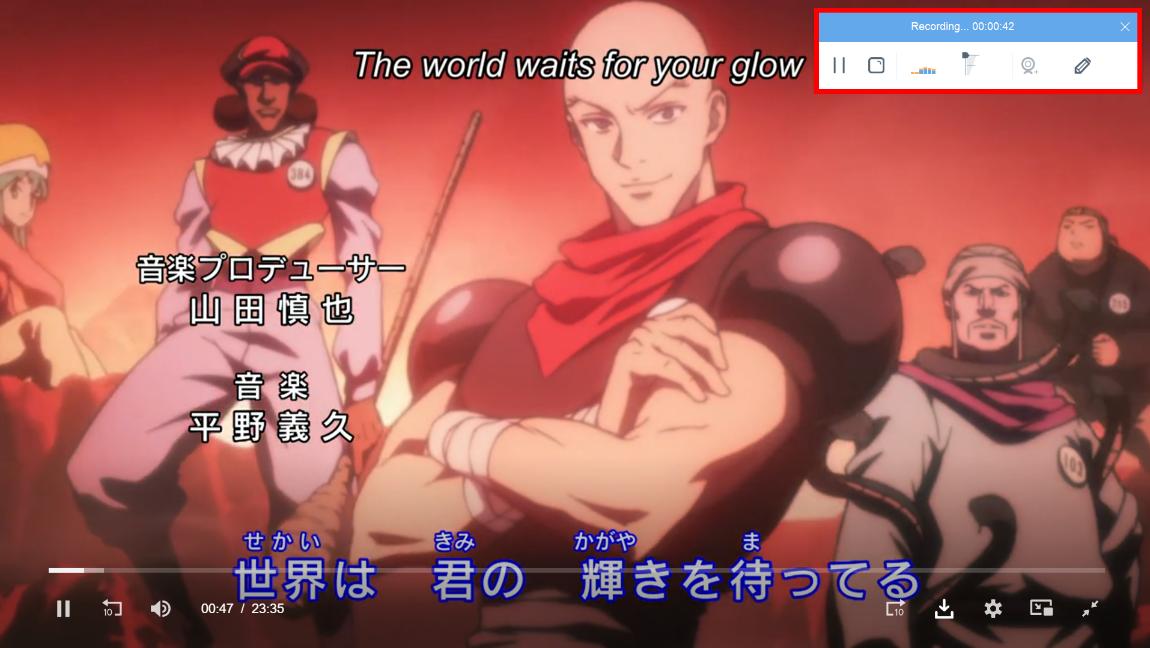
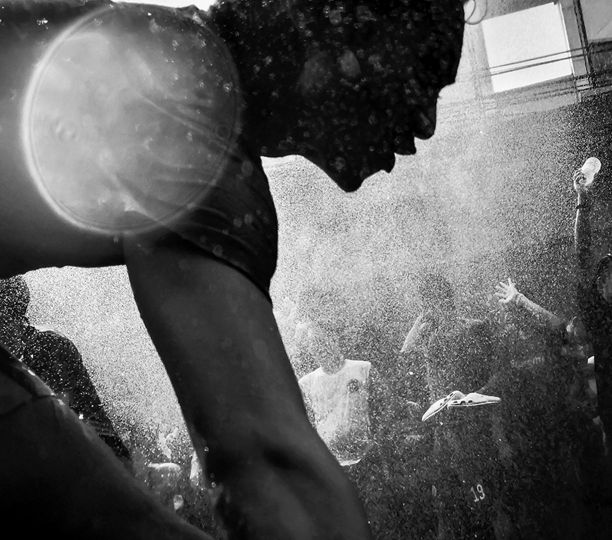
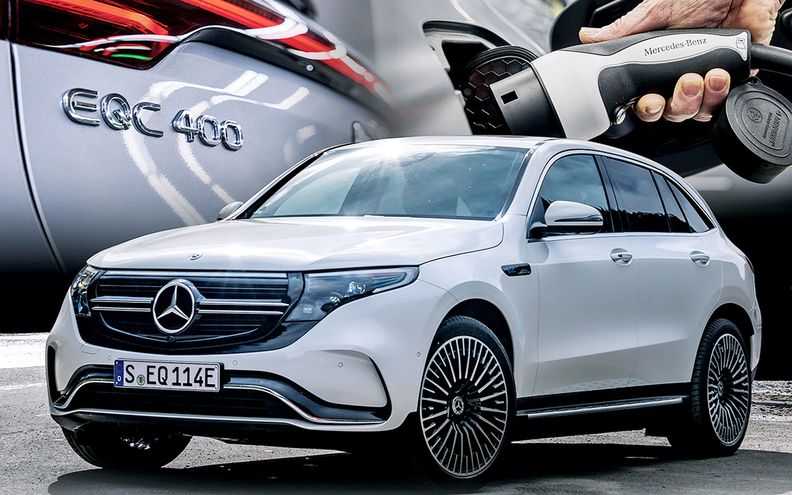
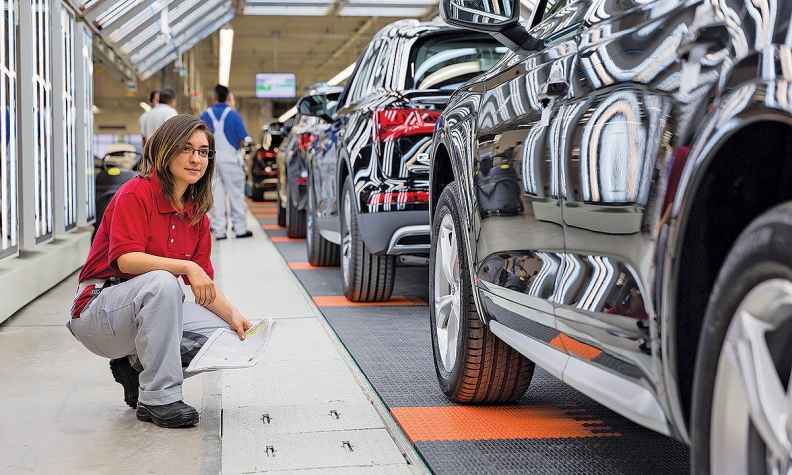

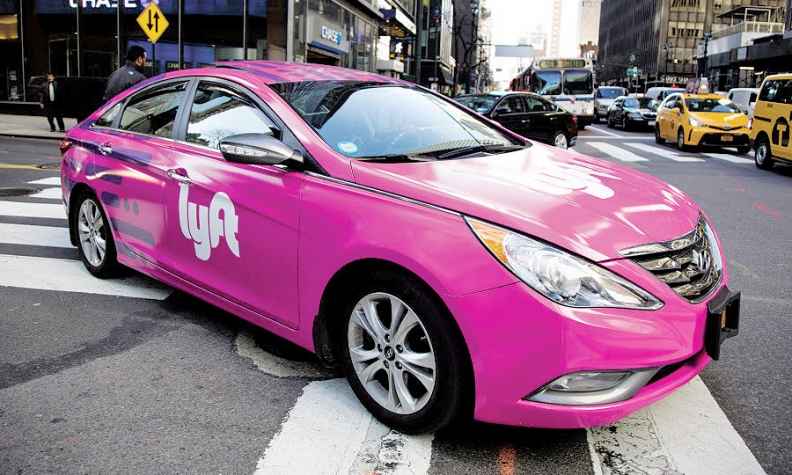
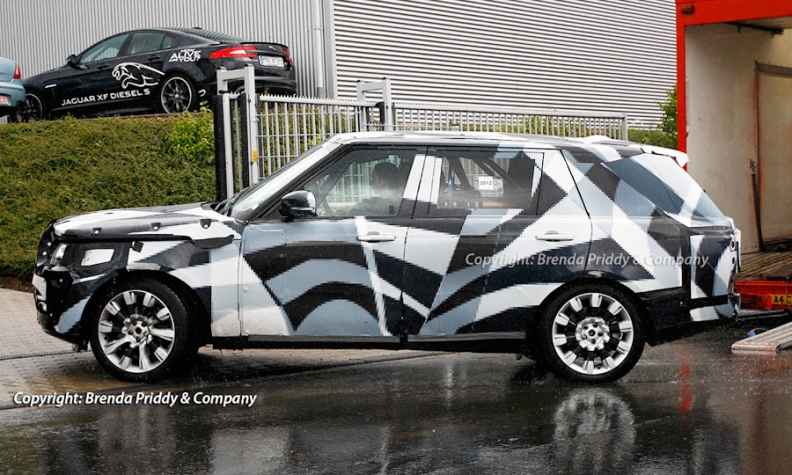
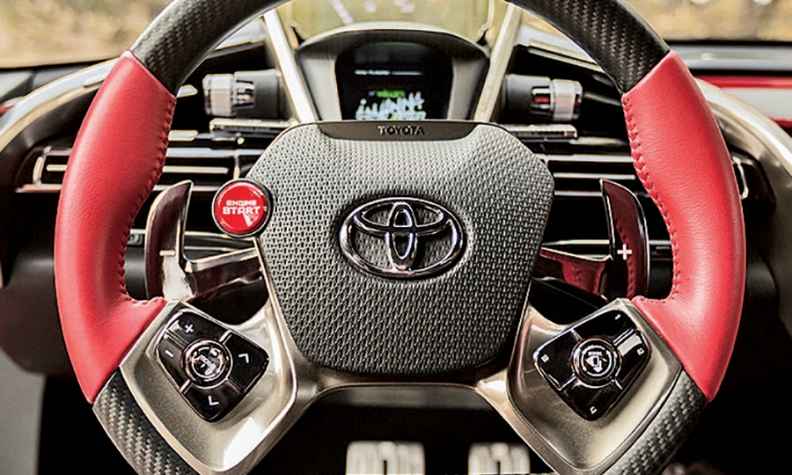
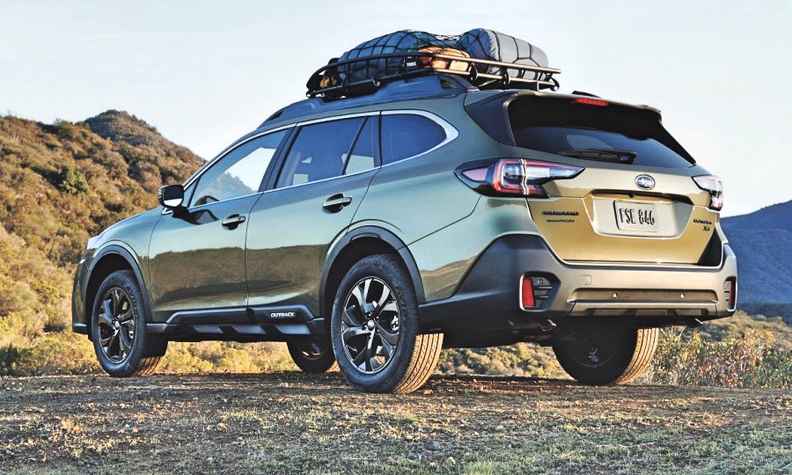
Post your comment